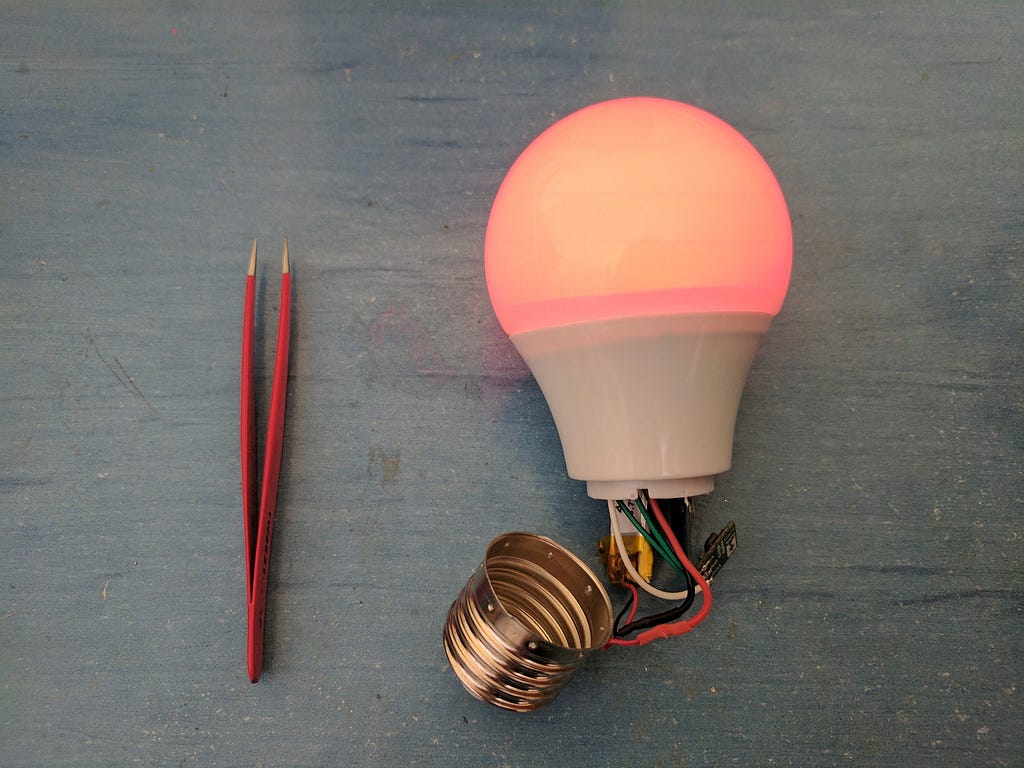Latest news about Bitcoin and all cryptocurrencies. Your daily crypto news habit.
The tech industry seems to be in a state of constant flux, bombarded as it is with innovations from right, left and centre. Honestly, with the number of buzzwords and new launches coming my way, I really think it would be easier to keep up with the Kardashians’ nonstop drama than the barrage of “next big thing”s lined up in the tech space.
 Photo by CJ Dayrit on Unsplash
Photo by CJ Dayrit on Unsplash
Given that the space is so insanely overcrowded, standing out is not an easy task. What is harder, however, is to retain the limelight for more than a year or two. Blockchain is one technology that has managed to keep us interested for a while now, but unless it manages to explode into a widely adopted technology soon, it might start fading off. Fortunately, it seems to be getting some help in that regard. Two other technologies that define the coming fourth industrial revolution (4IR): 5G and Internet of Things(IoT), are ready to make waves of their own and a seamless connection between these three could keep blockchain alive and well.
5G is expected to be introduced in a few countries by 2020. Within a few more years, it is expected to be as ubiquitous as 4G cellular data is today. With these hugely improved wireless connections, the speed of internet usage will definitely get a major boost. However, what is more promising here, is how 5G technologies will have a much higher capacity than communication technologies of today.
It would support the interconnection of many more devices, while also ensuring a lowered level of latency. Latency refers to the time elapsed between the point of stimulation and the point of response and a reduction in latency will make almost instantaneous responses a reality through 5G. Basically, this stellar technology will allow for greater interconnectivity between a very large number of inexpensive, low-capacity, simple devices, casting a much wider net for the internet to spread.
Now, how does this technology interact with IoT and blockchain? Let’s first have a look at how it can possibly impact the adoption of IoT-enabled devices. IoT makes it possible to extend internet services into tangible objects of everyday use and as it stands today, it may not be too cost-effective to extend the facility to smaller devices.
It is not cheap to get your household appliances linked to your 4G or WiFi but it still makes some sense to get your expensive electronics connected. On the other hand, it would be thoroughly infeasible to use your current internet module for connecting to a small, inexpensive lightbulb. 5G can change just that. By introducing cheaper, smaller, cost-effective and power-saving modules, it can possibly induce you to get the smallest and lightest of your appliances connected to the IoT ecosystem.
At this point, you are probably thinking: wait, how does all of this have to do anything with blockchain? The discussion about connectivity has drawn on for way too long but where is the connection to what we originally started with? Allow me to explain.
If you have been watching the blockchain space like I have for the past few years, you surely know that one of its defining functionalities comes in the form of smart contracts: self-executing contracts driven by the code. They act like real life contracts, implementing rules and deadlines, charging penalties and extracting payments. Yet, there is a crucial distinction. Smart contracts are run by the code, and not actual human beings. They collect data from decentralized, external, third-party sources that are called Oracles.
All of this sounds great until you realise a key loophole in an otherwise smart system. Blockchain technology itself is premised upon being decentralized and trust-less. Both these qualities are central to its smooth functioning. Yet, smart contracts depend on third-party, off-chain data that is fed into the blockchain by sources that are often decentralized only in theory.
To tackle the “Oracle problem”, it makes a lot of sense to bring IoT-enabled devices into the equation. Data collected by machines that are tethered to the internet, can prove to be a more trustworthy source than Oracles themselves. Given 5G will make IoT a much more widespread phenomenon than it is today, it seems fitting that blockchain would be capable of amassing more and more data via 5G-powered, IoT-enabled devices.
For a ledger, which the blockchain is at its very core, information it does not have to worry about trusting is key. Consequently, 5G can potentially help this database stock up on truly decentralized and trust-less data via the incorporation of IoT as a link in this chain.
The fourth revolution is coming, armed with a dazzling lineup of tech innovations. Yet, to have a truly positive impact, it should have elements in a state of interaction, rather than isolation.
Cooperation is key in cushioning the impact of this onslaught of automation and increase in digitization, and only a strong support from 5G and IoT will help blockchain claim its throne.
Will 5G and IoT Help Blockchain Seize The Day? was originally published in Hacker Noon on Medium, where people are continuing the conversation by highlighting and responding to this story.
Disclaimer
The views and opinions expressed in this article are solely those of the authors and do not reflect the views of Bitcoin Insider. Every investment and trading move involves risk - this is especially true for cryptocurrencies given their volatility. We strongly advise our readers to conduct their own research when making a decision.
